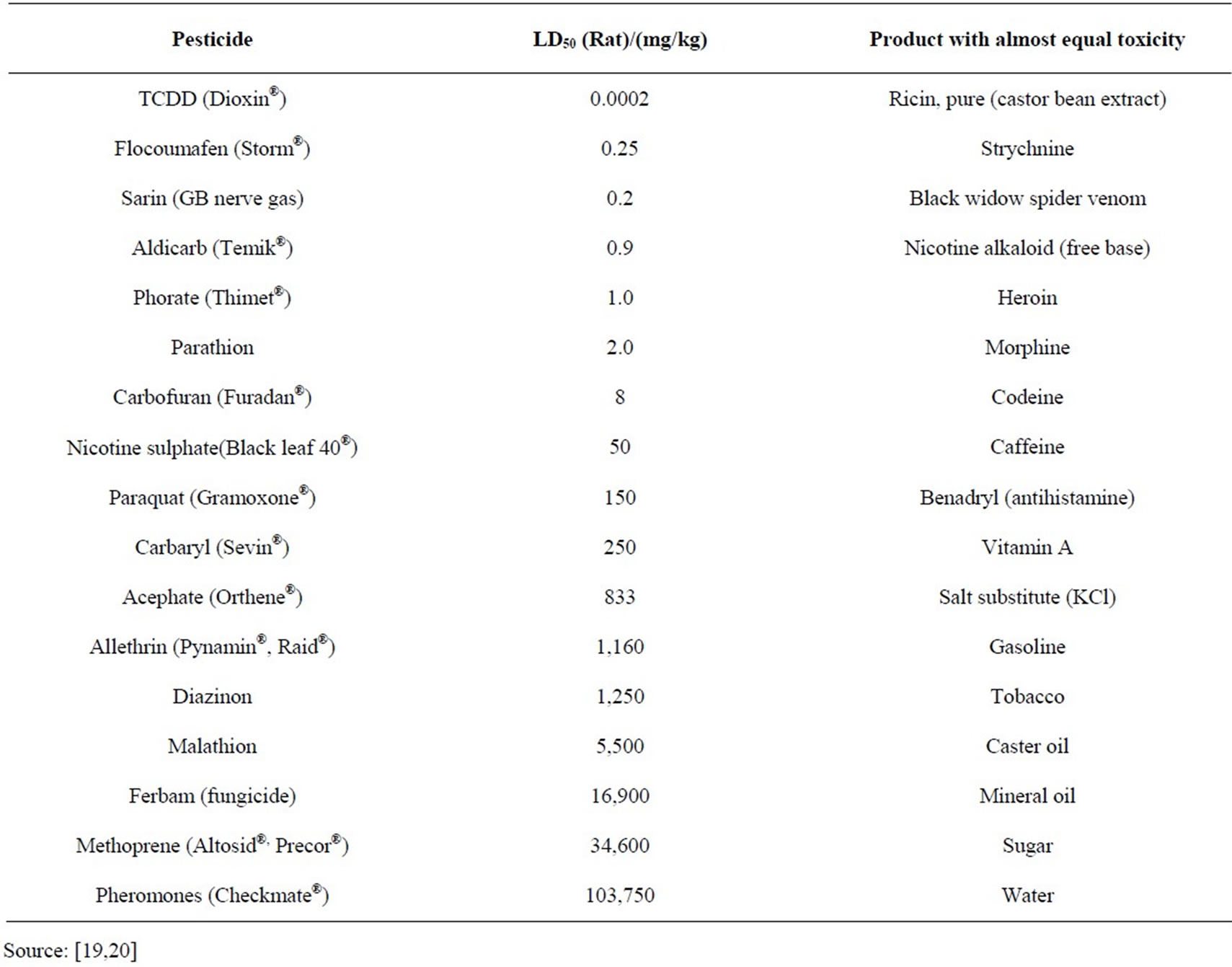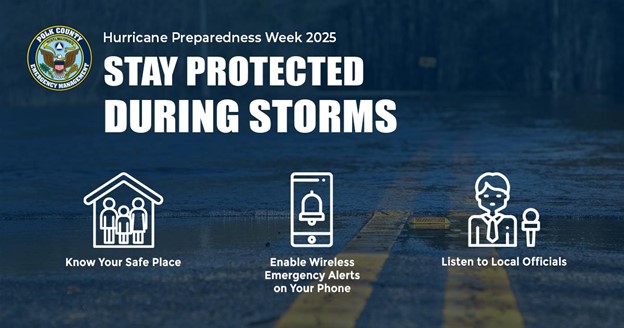Report on Multi-Contaminant Water Treatment and Alignment with Sustainable Development Goals
Introduction
A new approach to regulating and treating drinking water contaminants is necessary to protect public health and advance global sustainability targets. Current methodologies, which focus on targeting pollutants individually, are insufficient to address the widespread issue of co-occurring contaminants in U.S. drinking water. This report analyzes the benefits of treating multiple contaminants as groups, a strategy that aligns directly with the United Nations Sustainable Development Goals (SDGs), particularly SDG 3 (Good Health and Well-being) and SDG 6 (Clean Water and Sanitation). Adopting a multi-contaminant treatment framework offers a more efficient and effective path to ensuring safe and clean drinking water for all.
Analysis of Widespread Water Contamination
Co-occurrence of Key Contaminants
Data indicates that millions of Americans are served by water systems containing a combination of hazardous pollutants. The simultaneous presence of multiple contaminants necessitates a more sophisticated treatment strategy than the current single-contaminant approach. The primary contaminants of concern that frequently co-occur are:
- Hexavalent Chromium (Chromium-6)
- Arsenic
- Nitrate
Profile of Major Contaminants
Understanding the risks associated with these chemicals underscores the urgency of achieving SDG Target 3.9, which aims to substantially reduce illnesses and deaths from hazardous chemicals and water pollution.
- Hexavalent Chromium: A known carcinogen linked to stomach cancer, liver damage, and reproductive harm. It contaminates water for over 260 million people. The Environmental Protection Agency (EPA) has yet to set a legal limit, though a decision is mandated by 2027.
- Arsenic: A potent carcinogen detected in the water systems of all 50 states, serving 134 million Americans. The current EPA limit of 10 parts per billion (ppb) is considered insufficient by scientists to fully protect against cancer risk, with health guidelines recommending a much stricter limit of 0.004 ppb.
- Nitrate: A fertilizer chemical detected in water systems serving 263 million Americans. It is linked to an increased risk of cancer, birth defects, and oxygen deprivation in infants. The EPA’s legal limit of 10 parts per million (ppm), set in 1962, does not adequately protect against modern health concerns.
Public Health Impact and Sustainable Development Goals
Preventing Disease and Advancing SDG 3
A peer-reviewed study published in Environmental Research demonstrates that a multi-contaminant treatment approach could prevent over 50,000 lifetime cancer cases in the U.S. By reducing levels of chromium-6, arsenic, and nitrate simultaneously, water systems can significantly lower the cumulative cancer risk from exposure. This directly contributes to achieving SDG 3 by proactively reducing the burden of non-communicable diseases caused by environmental pollution.
Ensuring Safe Water for All: Achieving SDG 6
The current regulatory framework is a barrier to achieving SDG Target 6.1: universal and equitable access to safe and affordable drinking water. Treating contaminants one by one is an inefficient model that fails to address the reality of chemical mixtures in tap water. A group treatment approach is a more robust strategy for ensuring water is genuinely safe, thereby making substantial progress toward the goal of clean water for all communities.
A Proposed Framework for Regulation and Treatment
Shifting from Single- to Multi-Contaminant Regulation
The EPA’s single-contaminant cost-benefit analysis model is outdated. A modernized regulatory framework should be adopted that encourages investment in technologies capable of removing multiple pollutants at once. This shift would better address the complex challenges of drinking water contamination and support the creation of sustainable and resilient water infrastructure, a key component of SDG 11 (Sustainable Cities and Communities).
Effective Treatment Technologies
Technologies are available that can effectively address co-occurring contaminants. These solutions offer a practical pathway to improved public health outcomes.
- Ion Exchange: This water treatment process can simultaneously reduce levels of arsenic, nitrate, and hexavalent chromium.
- Case Study: The city of Chino, California, has successfully installed technology to treat groundwater for nitrate, chromium-6, and perchlorate at the same time.
- Point-of-Use Systems: For smaller communities facing financial constraints, point-of-use treatment systems using reverse osmosis can be a viable alternative to community-level treatment, effectively removing most contaminants and helping to reduce inequalities in access to safe water (SDG 10).
Financial Implications and Infrastructure Investment
Challenges and the Need for Federal Funding
The cost of installing advanced treatment systems can be a significant barrier, especially for smaller, under-resourced water utilities. This financial challenge highlights the need for a substantial increase in federal funding for drinking water infrastructure. Investing public funds in smarter, multi-contaminant treatment systems represents a more efficient long-term strategy.
- Long-Term Savings: Upfront investment in comprehensive treatment can lead to significant long-term cost savings by avoiding healthcare costs associated with cancer and other waterborne illnesses.
- Sustainable Investment: Prioritizing funding for multi-pollutant solutions aligns with the principles of SDG 12 (Responsible Consumption and Production) by promoting efficient resource use and long-term public well-being.
Conclusion and Recommendations
Transitioning to a multi-contaminant approach for drinking water treatment is critical for protecting public health, achieving long-term economic efficiency, and meeting key Sustainable Development Goals. The prevalence of co-occurring pollutants requires a wholesale shift in regulatory and investment strategies away from an outdated, single-contaminant model.
- Federal regulatory bodies must evolve from a single-contaminant to a multi-contaminant group approach for setting enforceable drinking water standards.
- Federal and state governments must significantly increase funding for drinking water infrastructure, prioritizing investments in technologies capable of simultaneous pollutant removal.
- Water utilities should be supported in adopting multi-contaminant treatment strategies to enhance public health protection and achieve greater operational efficiency.
- Further research is needed to tailor multi-contaminant solutions to the specific needs and resource limitations of diverse communities, ensuring equitable progress toward achieving SDG 6.
Analysis of Sustainable Development Goals in the Article
1. Which SDGs are addressed or connected to the issues highlighted in the article?
-
SDG 3: Good Health and Well-being
The article’s primary focus is on the public health implications of contaminated drinking water. It repeatedly links contaminants like hexavalent chromium, arsenic, and nitrate to severe health risks, including cancer, reproductive harm, and liver damage. The central argument is that improved water treatment can prevent “up to 50,000 lifetime cancer cases,” directly aligning with the goal of ensuring healthy lives and promoting well-being.
-
SDG 6: Clean Water and Sanitation
This goal is at the core of the article. The entire discussion revolves around the quality of drinking water, the presence of pollutants, the need for effective water treatment technologies (like ion exchange), and the establishment of safe regulatory standards. The article explicitly addresses the challenge of providing safe drinking water to millions of Americans, which is the fundamental objective of SDG 6.
-
SDG 12: Responsible Consumption and Production
The article implicitly addresses this goal by discussing the sources of contamination. Nitrate is identified as a “fertilizer chemical,” and hexavalent chromium is a known industrial pollutant. The presence of these chemicals in drinking water points to a failure in the “environmentally sound management of chemicals and all wastes throughout their life cycle,” which is a key aspect of SDG 12, aiming to reduce the release of pollutants into the water to minimize adverse impacts on human health.
2. What specific targets under those SDGs can be identified based on the article’s content?
-
Target 3.9: By 2030, substantially reduce the number of deaths and illnesses from hazardous chemicals and air, water and soil pollution and contamination.
The article directly relates to this target by quantifying the potential health benefits of reducing water contamination. It states that a multi-contaminant treatment approach “could prevent more than 50,000 lifetime cancer cases.” It also mentions other illnesses linked to the contaminants, such as “reproductive harm, liver damage and stomach cancer” from chromium-6 and “birth defects” from nitrate, all of which fall under the scope of this target.
-
Target 6.1: By 2030, achieve universal and equitable access to safe and affordable drinking water for all.
The article demonstrates that access to “safe” drinking water is not universal, even in the U.S., by highlighting that “Millions of Americans have drinking water contaminated with hexavalent chromium and arsenic or nitrate.” It also touches upon the “affordable” aspect by noting that installing effective treatment can be “costly, which may put it out of reach for many smaller utilities,” thus identifying a key barrier to achieving this target.
-
Target 6.3: By 2030, improve water quality by reducing pollution, eliminating dumping and minimizing release of hazardous chemicals and materials…
The entire premise of the article is to improve water quality. It advocates for new regulatory approaches and treatment technologies specifically to reduce the levels of hazardous chemicals like arsenic, nitrate, and chromium-6. The discussion about setting stricter legal limits than those currently enforced by the EPA is a direct call to action for improving water quality by reducing chemical pollution.
-
Target 12.4: By 2020, achieve the environmentally sound management of chemicals and all wastes throughout their life cycle… and significantly reduce their release to air, water and soil in order to minimize their adverse impacts on human health and the environment.
The presence of industrial (chromium-6) and agricultural (nitrate) chemicals in drinking water is a direct result of their release into the environment and water systems. The article’s call to treat this contamination at the tap is a response to the failure of managing these chemicals at their source. By highlighting the widespread contamination, the article underscores the need to achieve the goals of Target 12.4 to prevent such pollution in the first place.
3. Are there any indicators mentioned or implied in the article that can be used to measure progress towards the identified targets?
-
Indicator for Target 3.9: Number of illnesses and deaths attributable to water pollution.
The article provides a direct, quantifiable indicator: the “estimated cancer cases prevented.” It states that a multi-contaminant approach could prevent “more than 50,000 lifetime cancer cases” and that reducing chromium-6 and arsenic could prevent a significant number of cases in states like California and Arizona. This serves as a metric to measure the reduction of illnesses from water contamination.
-
Indicator for Target 6.1: Proportion of population using safely managed drinking water services.
The article provides data that can be used to measure the inverse of this indicator—the population drinking contaminated water. It mentions specific figures: “over 260 million people” served water with chromium-6, “134 million Americans” with arsenic, and “263 million Americans” with nitrate. Progress would be measured by a reduction in these numbers.
-
Indicator for Target 6.3: Concentration levels of contaminants in drinking water.
The article explicitly uses this indicator by comparing current legal limits with recommended health guidelines. For example:
- Arsenic: The EPA’s legal limit is 10 ppb, while the recommended health guideline is 0.004 ppb.
- Nitrate: The EPA’s legal limit is 10 ppm, while the recommended health guideline is 0.14 ppm.
- Chromium-6: California’s state limit is 10 ppb, while the recommended health limit is 0.02 ppb.
Measuring the concentration of these chemicals in water systems is a direct way to track progress toward improving water quality.
-
Indicator for Target 12.4: Number of utilities affected by chemical contamination.
The article implies this as an indicator by listing the number of water systems where contaminants have been detected. It states that chromium-6 contaminates water from “7,538 utilities,” arsenic from “12,945 utilities,” and nitrate from “26,644 systems.” A reduction in these numbers would indicate progress in preventing the release of hazardous chemicals into water sources.
4. Summary Table of SDGs, Targets, and Indicators
| SDGs | Targets | Indicators |
|---|---|---|
| SDG 3: Good Health and Well-being | Target 3.9: Substantially reduce the number of deaths and illnesses from hazardous chemicals and water pollution. |
|
| SDG 6: Clean Water and Sanitation |
Target 6.1: Achieve universal and equitable access to safe and affordable drinking water.
Target 6.3: Improve water quality by reducing pollution and minimizing the release of hazardous chemicals. |
|
| SDG 12: Responsible Consumption and Production | Target 12.4: Achieve the environmentally sound management of chemicals and all wastes to minimize their adverse impacts on human health and the environment. |
|
Source: ewg.org







